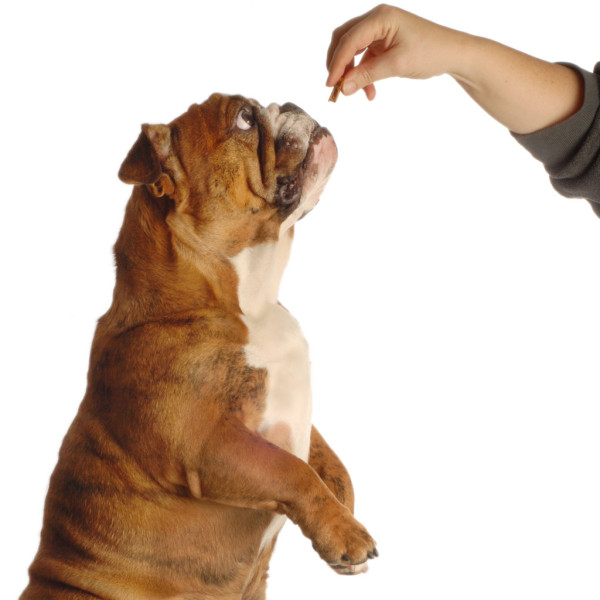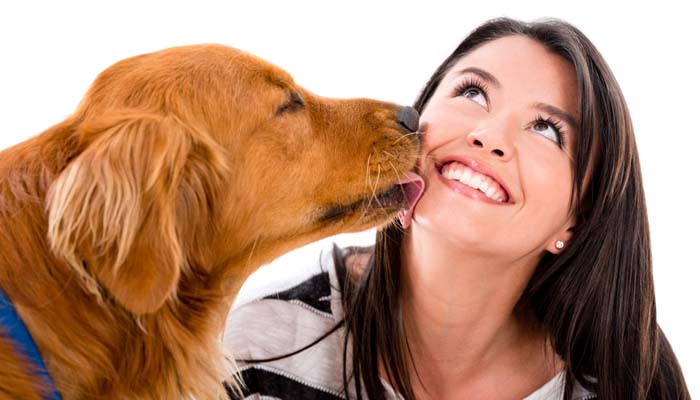Dog training is universally recognized as an investment for those looking to bring home a furry new family member. While it’s widely practiced, it’s also widely debated, and false information spreads quickly. Here are seven myths about dog training that could leave you barking up the wrong tree.
All breeds feature the same training difficulty
While dogs of the same breed tend to have similar traits and behaviors, each dog will be slightly different. Different breeds were selected for various jobs, and thus different dog types have varying tolerance for training.
The easiest dogs to train are border collies, poodles, Labrador retrievers, and German shepherds. If training isn’t something you would like to do yourself, you can always research puppy training or look into trained white Labs for sale. Training will help your wet-nosed wonder cope with stress and stay out of trouble.

It’s too soon/too late to train a dog
Just like people, dogs will be learning every day of their life. You can’t expect a six-week-old puppy to understand a command on its first try, just like you can’t expect an old dog to learn a new order after one exposure.
Training your dog requires patience, consistency, and a solid relationship with your dog. Implement these things, and you can teach your old dog as many new tricks as you want.

Crate training is cruel
Crate training your dog allows them to have a safe space away from the hustle and bustle of your home. Of course, a puppy will whine and turn the aptly-named puppy’s eyes on you if you leave it alone, but these tactics are temporary. Over time and with positive reinforcement, a dog can come to enjoy their crate.
Crates allow both you and your dog peace of mind whenever you have to step out of the house.

You have to be the Alpha
This dominance-first mindset is a trendy idea when it comes to dogs. However, the research shows that this method can cause more aggression in your dog. Positive reinforcement establishes mutual trust between you and your pup. In other words, you don’t have to prove that you’re the top dog when you lead by example.
Letting your dog be around you a lot will cause separation anxiety
Dogs love to be near you, and sometimes they can’t help but get anxious when you’re away. Having them with you during the day won’t automatically cause this separation anxiety, but you should still teach your dog that it’s okay to be alone. Crate training can be useful in helping your dog build independence in this area.
You should force your dog’s nose into their indoor accidents
Dogs don’t have the same understanding of crime and punishment that a human does. Dogs respond to their body’s needs intuitively, and they don’t understand the concept of hardwood floors or carpet cleaner. Rubbing your dog’s nose in its accidents and showing anger can cause your pooch to lose trust in you and fear using the bathroom.
Potty training a dog to use the bathroom on its daily walks can help avoid indoor messes.
A puppy will grow out of destructive behaviors
If a behavior is not corrected or reinforced, a puppy will continue to act on it. It’s vital to start and continue training daily to ensure your puppy doesn’t keep and learn destructive behaviors into adulthood. Just like you didn’t know the rules before you learned them, your puppy has to learn how to respect your home and family.

Conclusion
Teaching your dog good manners takes consistency, love, and patience. It won’t happen overnight, but with a bit of endurance, you’ll have a well-behaved wet nose.

Leave a Reply